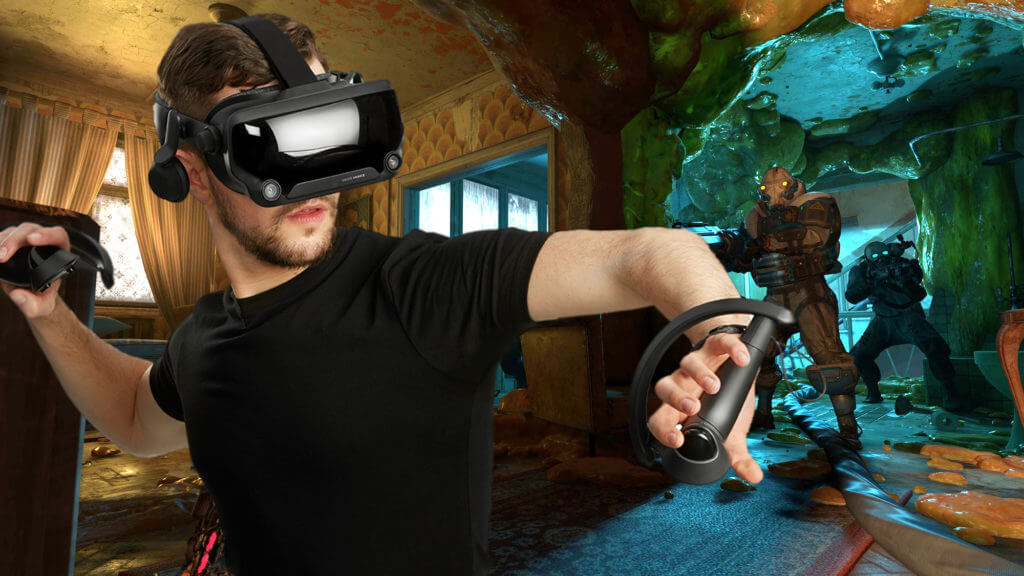How to sanitize our virtual reality equipment has been a subject of many conversations I had with VR operators. Even before age of covid, we had to ensure customers are safe from germs and microbes which might linger on headsets and controllers after the previous player. Most VR headsets available on the market come fitted with foam face inserts instead of leather. Foam soaks up a sweat and it is extremely difficult to clean. We had to address this first. So the first thing we did back in 2016 was to replace original foam face coverings with leather substitutes. This enabled us to clean them thoroughly with antibacterial wipes. Back then there were no other options to go a step further. Also, we did not have any laboratory tests to indicate that this might not be a sufficient approach.
As part of my job is to also support a chain of VR locations across the world for Immotion Group I had access to a lot of feedback. It become increasingly obvious to our teams that we will not be able to continue with wiping as the only solution.
Consistency in hygiene procedures is one thing, but time-consumption at some high profile and therefore very busy locations being another.Wiping and foaming up each headset for required 5 minutes in location with 30 headsets is impossible from cost perspective.
Yes, 70% alcohol does make viruses inactive, but the use of wipes requires an extremely rigorous routine, creates a lot of non-recyclable waste, and is very time-consuming.
Since 2019 within Immotion Group we had a dedicated team working on a better solution and in April 2020 we had a new product ready. A range of Uvisan 254 nM UVC cabinets.Very timely indeed.
This was a great opportunity for me to get two of the first units into VR-Here in Liverpool. Now, after 6 months of use, I have to say I am very happy with the performance of both devices.
Two Uvisan VR12 units which we are currently using had no operational issues during the half a year we have with them. They are a great addition to our rigorous sanitization routine.
Additionally, they are large enough to allow us to sanitize other equipment, such as masks, phones, tablets, keyboards, and computer mice.
Last month I had the opportunity to see the test results from the lab. They tested a comparison between 70% alcohol wipe and UVC 254nM light. You can find what they have found out published here .
This further solidified my conviction that going the UV route was the right decision.
And to top it all off, Hewlett-Packard has recently changed their guidance in relation to cleaning their VR headsets. HP now is only recommending UVC as a way of cleaning their VR devices.

In 2020 you should demand from your VR experience provider more than just wiping the equipment. Certified UV cabinets should become a new standard anywhere where equipment is shared.





